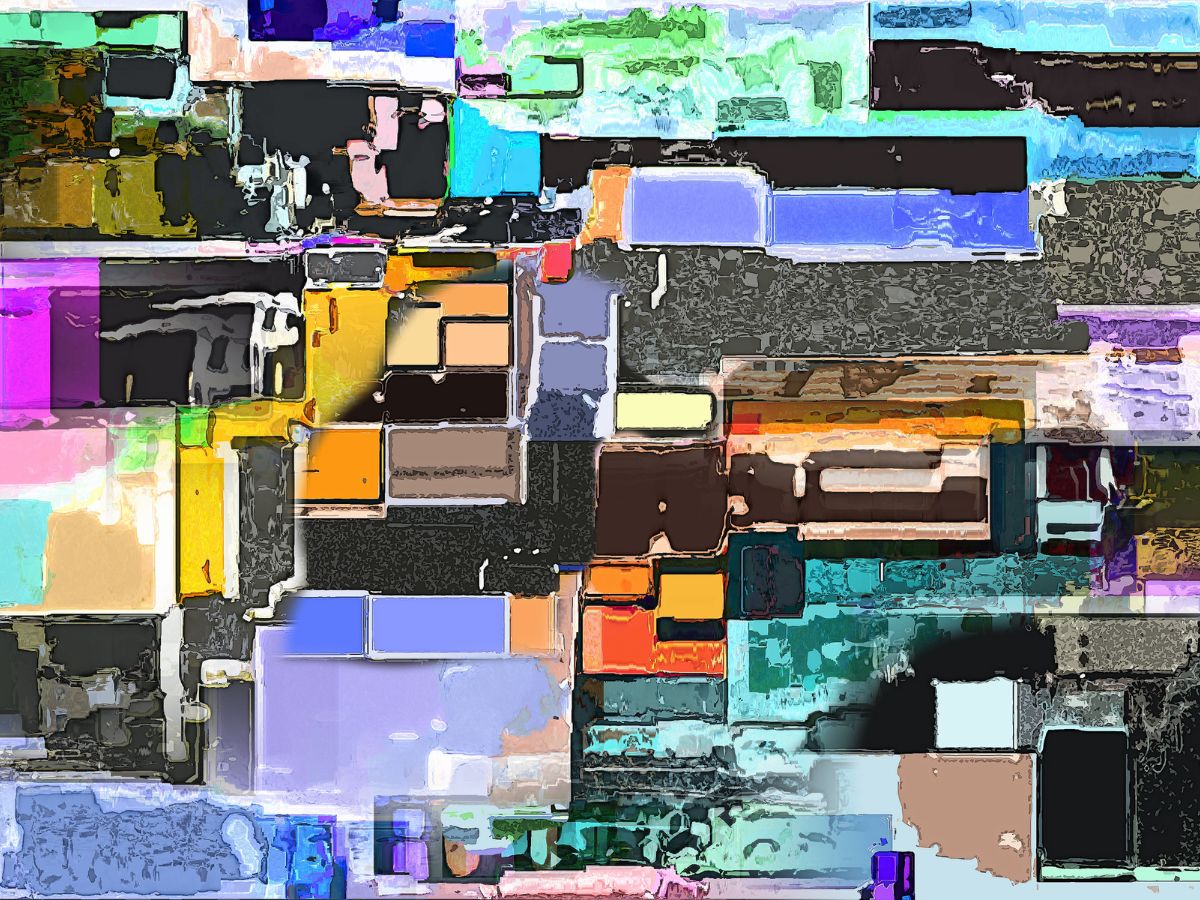
Grattage: A Surrealist Painting Technique
Grattage, meaning “scraping” in French, is a painting technique where artists scrape off layers of wet paint to reveal textures and patterns beneath. This method, developed by surrealist artist Max Ernst in the 1920s, allows for spontaneous and textured effects in artwork.
Origins and Development
Max Ernst introduced grattage as an extension of frottage, a technique involving rubbing pencil over textured surfaces to create patterns. In grattage, Ernst applied layers of paint over textured objects and then scraped the surface to reveal the underlying textures, creating dynamic and unexpected imagery.
Tools and Materials
Artists use various tools for grattage, including:
- Spatulas
- Razor blades
- Steel brushes
- Everyday objects like combs or sponges
These tools are used to scrape or scratch the paint surface, revealing textures and patterns.

How to Apply Grattage
- Prepare the canvas. Apply a base layer of paint and let it dry.
- Add texture. Place textured materials (e.g., mesh, leaves) on the canvas.
- Apply paint. Cover the textured surface with another layer of paint.
- Scrape. While the top layer is still wet, use your chosen tools to scrape away paint, revealing the textures beneath.
- Refine. Continue adding and scraping layers to achieve the desired effect.
Applications in Contemporary Art
Grattage is not limited to surrealism; contemporary artists use it to add depth and texture to their work. It’s a versatile technique suitable for various styles and mediums, including mixed media and abstract art.
Incorporating grattage into your practice can enhance the tactile quality of your paintings and introduce an element of unpredictability, encouraging creative exploration.